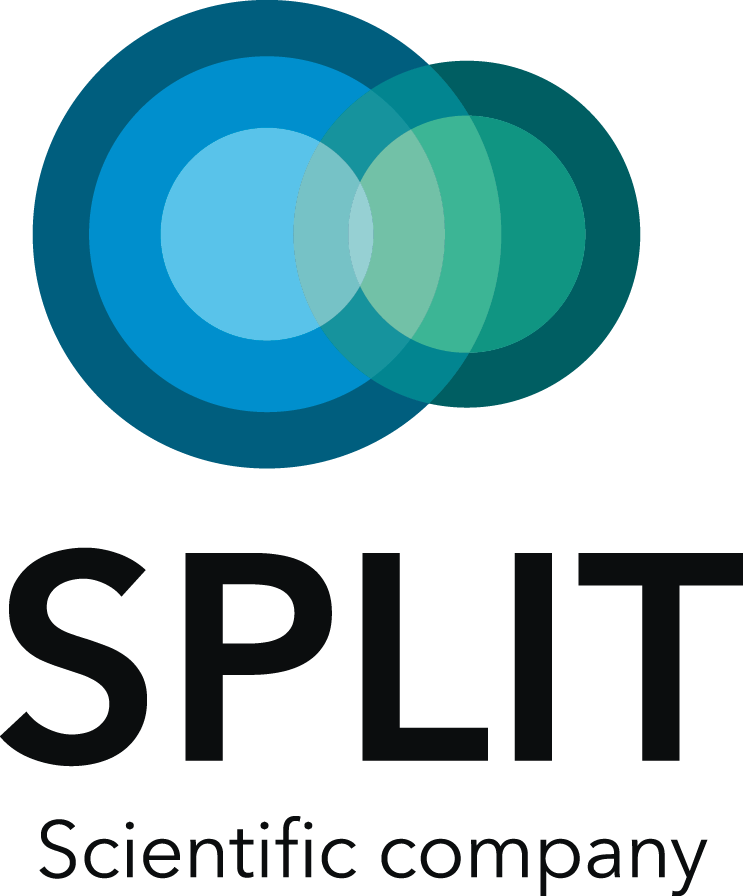SplitMultiSeis
Technology of two-level three-frequency seismic survey in shallow waters
technology of two-level three-frequency seismic survey in shallow waters
The SplitMultiSeis technology was developed by Split in 2014.
The main goal was to create a survey technology that can be used to obtain data suitable for highlighting geological hazards. These include landslides, near-surface gas, frozen rocks, faults and other geological objects that can be dangerous when drilling platforms and other engineering facilities are installed in the sea. Geological hazards are located in the depth range from 5 to 500 m, can have a complex shape and can be distinguished by dynamic anomalies (such as gas and permafrost).
The SplitMultiSeis system is two-level, seismic and acoustic profiling is performed in the three-frequency range.
The main goal was to create a survey technology that can be used to obtain data suitable for highlighting geological hazards. These include landslides, near-surface gas, frozen rocks, faults and other geological objects that can be dangerous when drilling platforms and other engineering facilities are installed in the sea. Geological hazards are located in the depth range from 5 to 500 m, can have a complex shape and can be distinguished by dynamic anomalies (such as gas and permafrost).
The SplitMultiSeis system is two-level, seismic and acoustic profiling is performed in the three-frequency range.
The structure of technology:
Near-surface seismic exploration (standard technique of the common depth point (CDP) method).
Acoustic air gun with 96-channel streamer— High resolution seismic (HRS) – the central frequency of the signal is about 200 Hz
Parametric Sub-Bottom Profiler
Sub bottom profiling (SBP) the central recording frequencies are 8 kHz and 100 kHz.
Deepe system
Sparker with the registration of a buried 16-32 channel streamer — Very high resolution seismic (VHRS) the central frequency of the signal is about 350- 500 Hz.
1
2
3
five types of geophysical and hydrographic methods
The full range of work assumes that five different types of geophysical and hydrographic methods are performed simultaneously
Ultra high resolution seismic survey (UHRS)
Very high resolution seismic (VHRS)
High resolution seismic (HRS)
Bathymetric survey multibeam sounder (MBES)
Side-scan sonar (SSS)
Navigation support for all types of work is also provided
The presence of a buried system allows you to receive data without interference with the satellite wave, which improves the results and reliability of dynamic analysis. And obtaining data with different frequency ranges makes complex interpretation possible and increases the efficiency of mapping objects in a wide range of depths.
The SplitMultiSeis technique

linear kilometers have been covered during surveys according to the method for 7 years
10800
Parameters of the SplitMultiSeis methodology
SAMPLE DATA
UHRS
Ultra high resolution seismic survey
UHRS
Ultra high resolution seismic survey
VHRS
Very high resolution seismic
HRS
High resolution seismic
HRS
High resolution seismic
Hardware and software complex SplitMultiSeis
Electric spark and pneumatic acoustic signal sources
Seismic Energy Source with a capacity of up to 5 kJ
Receiving antennas — analog streamers, 1-24 channels in increments of 1-3.125 m
The SplitMultiSeis 64/24 b seismic station is used as a data collection system
Software for data collection and operational quality control of the received material
Hardware synchronization devices
Devices for lowering, lifting and towing equipment
The elements of the complex are unified, it is possible to add sources and seismic stations from SPLIT and other manufacturers
















